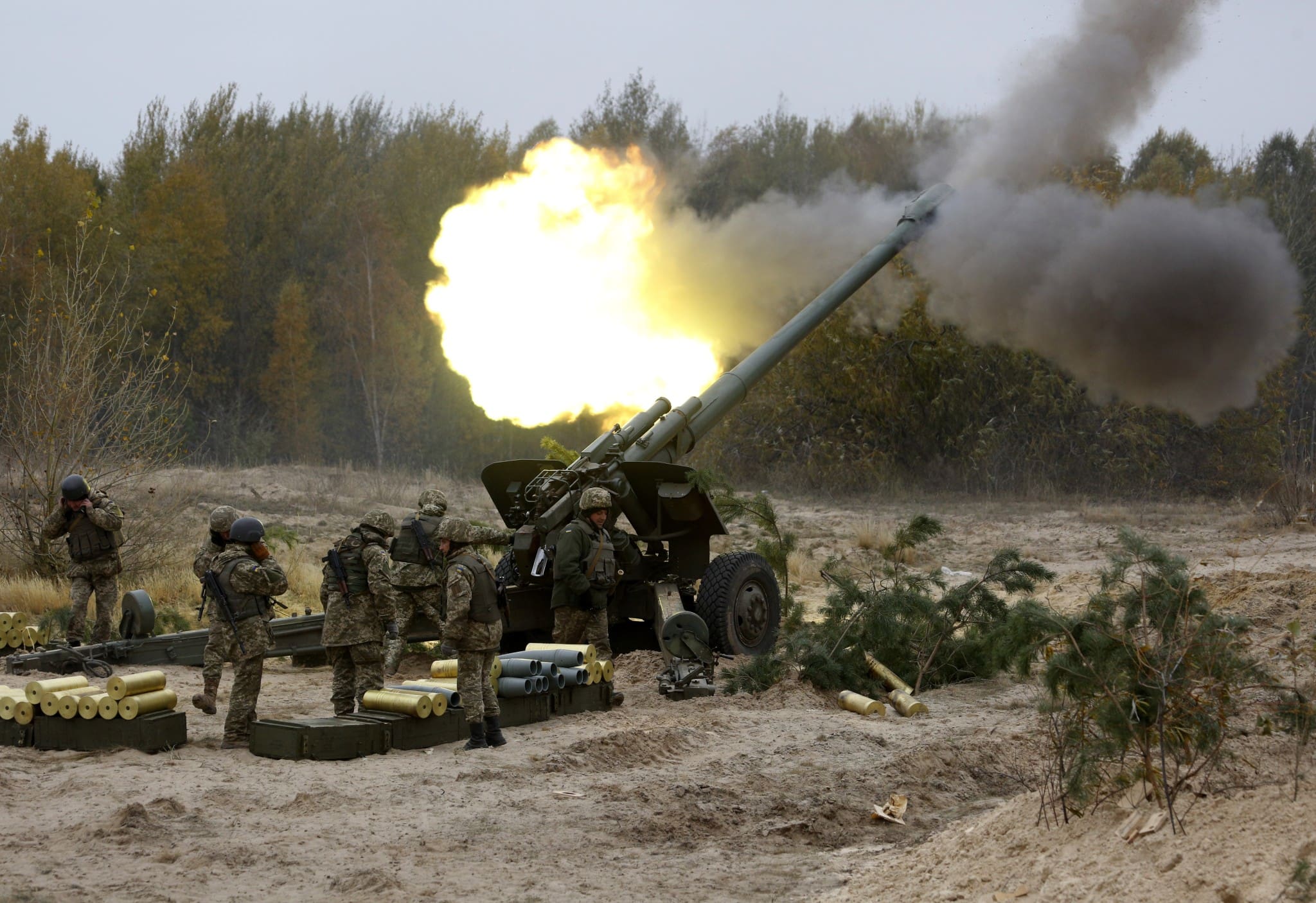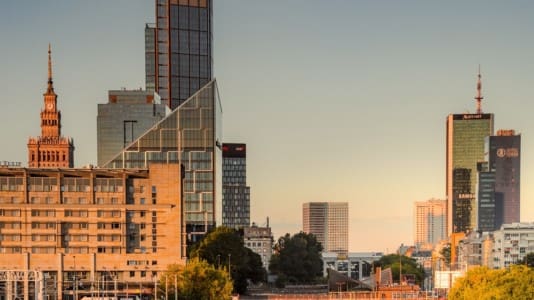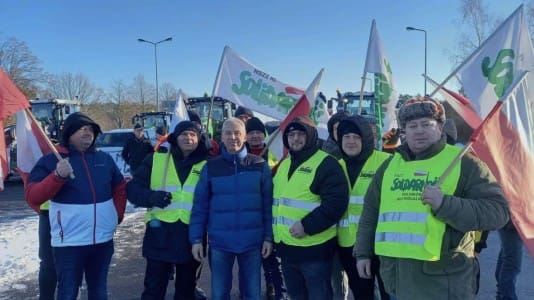The war in Ukraine has brutally demonstrated the importance of munitions and taught Poland that it needs to stock up on shells fast. At the end of 2023, the Polish arms consortium PGZ was contracted by the Arms Agency of the Ministry of Defense to deliver 300,000 artillery shells of the most popular 155mm caliber, and that deal was worth over €2.5 billion. These shells will be delivered between 2024 and 2029, and the new government is not challenging the purchase.
A national munitions reserve program is underway with the encouragement of the European Commission, which is all due to the war in Ukraine where artillery has played a pivotal role. It is estimated that around 70 percent of losses on both sides are due to artillery rounds.
According to Ukraine, in 2022 alone, Russia fired 40,000 shells per day, whereas Ukraine could only manage 4,000. Analysts report that when Russia attacked, Ukraine had ammunition reserves for just two months of fighting and had to move fast to get support from the West.
Ukraine has actually appealed for 250,000 shells to be made available each month by its allies. It assesses its overall needs as being almost 600,000 shells per month.
According to Ukrainian military intelligence, Russia has used 7 million shells in the period 2022-2023. In this period, Russia produced a million shells but has now ramped up production so that its industry can supply 1.5 million shells annually. It is now on target to produce 2 million shells per year, having moved far more decisively than the West with regard to putting the economy on a war footing.
The scale of the rearmament effort in Russia is such that it could be a sign that Moscow is preparing for direct conflict with NATO. One of the warning signs that an attack could be imminent would be if there were explosions in Western European munitions depots, as there were in Ukraine before the latest invasion, coupled with such mysterious incidents in Czechia and Bulgaria. Such activities gave Russia the edge in the early days of the conflict in Ukraine.





